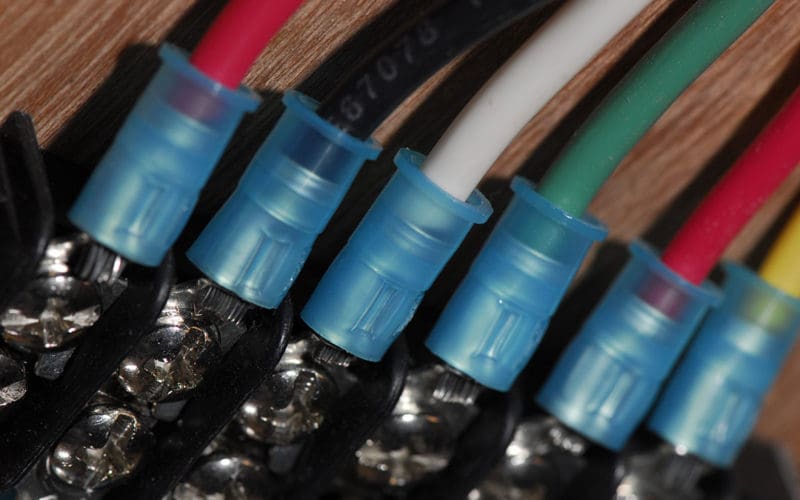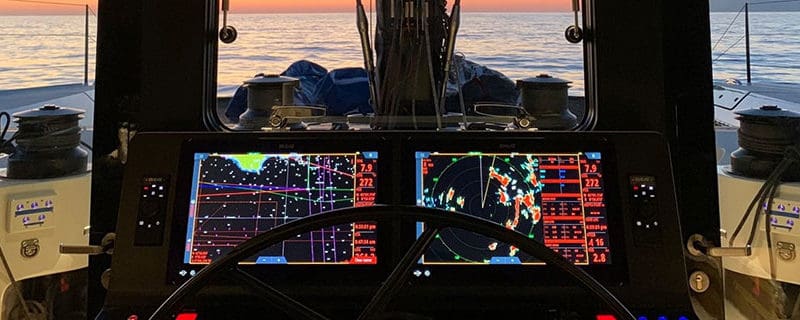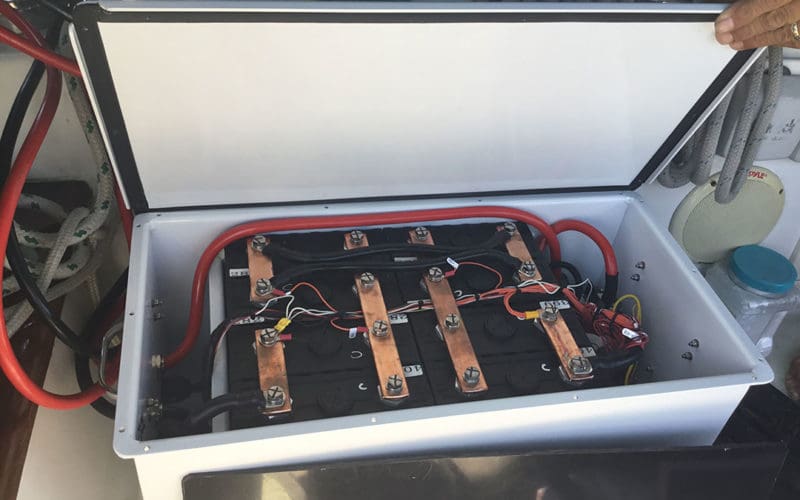03
May
[gtx_gallery] I’m often asked by my power voyaging clients, “What do I need to know about making good crimp connections?” Fortunately, not very much. Material selection High quality solderless or “crimp” connectors start with high quality materials. When a connector is manufactured, a die stamps it repeatedly. This helps to cut and form the metal, but it also work-hardens it. Work-hardened metal is brittle and difficult to form. As a result, it is not preferable for crimping. Annealing returns the copper to a softer, more malleable state. The barrel portion of a quality connector appears seamless. This is because it…



